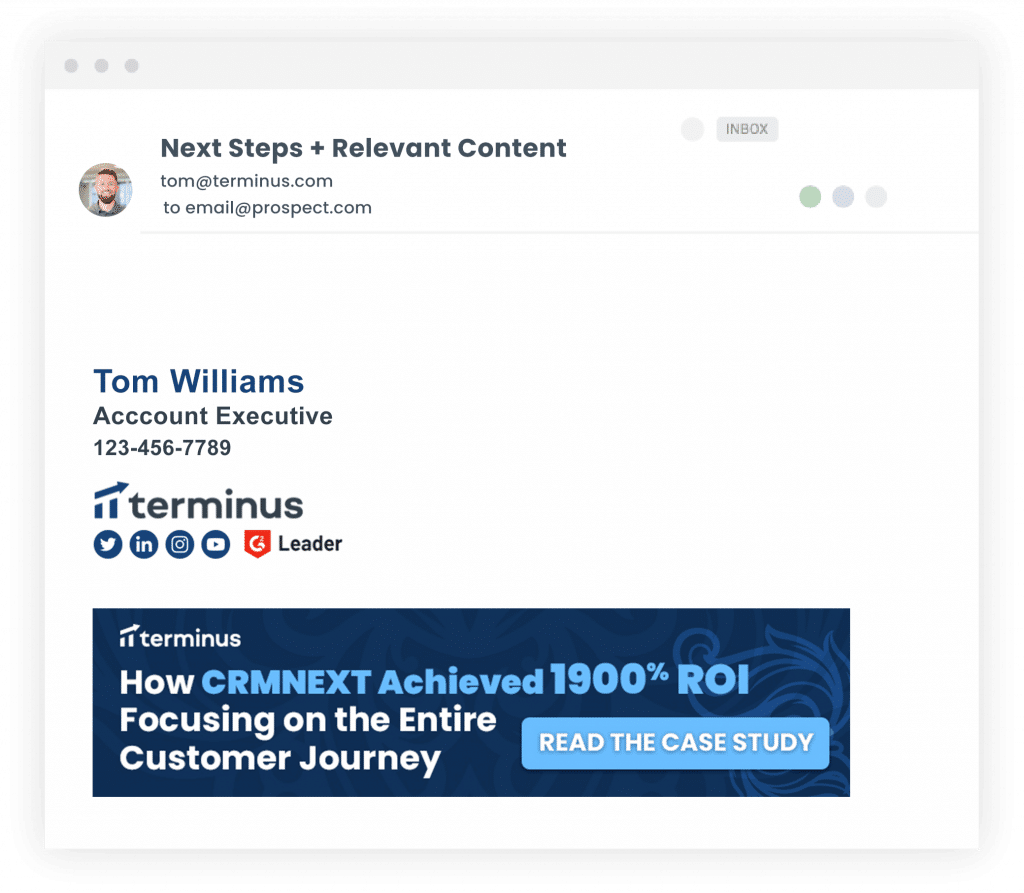At the end of the day, everyone on a go-to-market team is in the business of sales. No, we might not have the word “sales” in our title, or work with the prospect directly to make the sale, but the goal of increasing business is most likely a shared one across your organization.
We mentioned a few blog posts ago that, thanks to a helpful push from the pandemic, sales and marketing teams are working closer together than ever before. The need to work toward a fully mature account-based marketing program has never been more vital, and with this highly personalized and targeted approach, sales and marketing have to be on the same page.
So why is it, then, that marketing and sales departments are often physically located…nowhere near one another in offices? Obviously, as we’re still remote, we’re all nowhere near one another. But are we still holding strong to whatever invisible barrier was placed between sales and marketers long ago?
It’s time to tear down those barriers. Here’s how sales reps can help marketing by being a little bit more like a marketer.
Talk to Marketing
This might seem like the most obvious one, but it’s the one that seems to happen the least. That’s because it’s often a one-way road: Marketing teams fit communicating with sales in as part of their workflow, but when was the last time you reached out to a marketer to learn about a campaign they might be working on, or even to offer your thoughts on taglines, emails, or other content that might help you sell better?
Build it in as part of your workflow to talk to a different marketer every week to learn about messaging and campaigns. The more everyone speaks the same language, the more pervasive your brand will be among prospects.
Use Every Interaction to Market
You’re on the front line. Few people, if any, at your organization have more meaningful contact with potential or existing customers than you do. So be sure to use every, single, interaction to share every available resource or piece of content with them.
But how do you know which pieces of content are the most valuable to share? You’ll know, because, duh, you’ve been talking to a member of your marketing department every week. Right?

Speaking of, Don’t Undervalue Your Email Signature
This little (yet powerful) piece of digital real estate allows a sales team to utilize something they were already doing (sending emails to their most important prospects) and turn it into a strategic channel for ABM, targeted advertising, or just general brand awareness.
It’s important to utilize all channels possible to drive meaningful engagement, and email has all of the ingredients to make an impact on a go-to-market strategy (which includes unique intent data). So before you send that next email to your most important account, make sure it includes a consistent, on-brand signature that represents your company well AND a banner that intelligently updates based on who is receiving the email.

Don’t Ignore Your Social Media
Nothing beats authentic, genuine human interaction. You’ve learned that in your personalized interactions with prospects and customers, and that should continue once you’re online. LinkedIn is the obvious one — but it’s more than cold-messaging prospects. Connect and interact with prospects in their own social space. Read their posts. Develop a real relationship with them, so once it comes time to deliver them products and services they might need, it won’t come off as disingenuous.
Sharing your marketing department’s collateral after creating a trusting rapport with prospects creates a softer sell for a more supported and loyal future customer.
